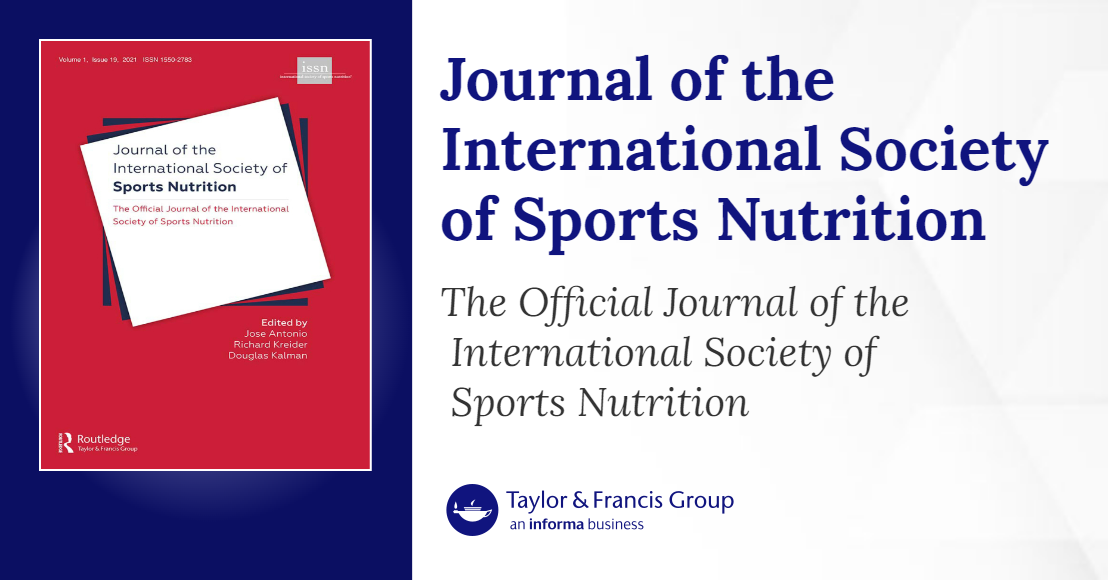Sports nutrition jobs
While it is possible for physically active individuals to obtain their daily protein requirements through the consumption of whole foods, supplementation is a practical way of ensuring intake of adequate protein quality and quantity, while minimizing caloric intake, particularly for athletes who typically complete high volumes of training https://yellowbeanllc.com.
The majority of available science has explored the efficacy of ingesting single protein sources, but evidence continues to mount that combining protein sources may afford additional benefits . For example, a 10-week resistance training study by Kerksick and colleagues demonstrated that a combination of whey (40 g) and casein (8 g) yielded the greatest increase in fat-free mass (determined by DEXA) when compared to both a combination of 40 g of whey, 5 g of glutamine, and 3 g of BCAAs and a placebo consisting of 48 g of a maltodextrin carbohydrate. Later, Kerksick et al. demonstrated various combinations of whey, casein, and colostrum proteins with and without creatine can also yield positive improvements in strength and body composition over a 12-week resistance training and supplementation regimen. Similarly, Hartman and investigators had 56 healthy young men train for 12 weeks while either ingesting isocaloric and isonitrogenous doses of fat-free milk (a blend of whey and casein), soy protein or a carbohydrate placebo and concluded that fat-free milk stimulated the greatest increases in Type I and II muscle fiber area as well as fat-free mass; however, strength outcomes were not affected. Moreover, Wilkinson and colleagues demonstrated that ingestion of fat-free milk (vs. soy or carbohydrate) led to a greater area under the curve for net balance of protein and that the fractional synthesis rate of muscle protein was greatest after milk ingestion. In 2013, Reidy et al. indicated that a mixture of whey and soy protein over a four-hour measurement window similarly increased MPS rates during the early (0–2 h) time-period versus whey protein, but only the protein blend was able to stimulate significantly increased MPS rates during the later (2–4 h) measurement window. However, when the entire four-hour measurement period was considered, no difference in MPS rates were found. A follow-up publication from the same clinical trial also reported that ingestion of the protein blend resulted in a positive and prolonged amino acid balance when compared to ingestion of whey protein alone, while post-exercise rates of myofibrillar protein synthesis were similar between the two conditions . Reidy et al. reported that in 68 healthy young men who were participating in a supervised resistance-training program over 12 weeks, there were increases in whole body lean mass with either whey protein or a whey protein and soy protein blend compared to a maltodextrin placebo. No differences were found between whey and the whey and soy blend.
An acute exercise stimulus, particularly resistance exercise, and protein ingestion both stimulate muscle protein synthesis (MPS) and are synergistic when protein consumption occurs before or after resistance exercise.
For example, Moore found that muscle and albumin protein synthesis was optimized at approximately 20 g of egg protein at rest. Witard et al. provided incremental doses of whey protein (0, 10, 20 and 40 g) in conjunction with an acute bout of resistance exercise and concluded that a minimum protein dose of 20 g optimally promoted MPS rates. Finally, Yang and colleagues had 37 elderly men (average age of 71 years) consume incremental doses of whey protein isolate (0, 10, 20 and 40 g/dose) in combination with a single bout of lower body resistance exercise and concluded that a 40 g dose of whey protein isolate is needed in this population to maximize rates of MPS. Furthermore, while results from these studies offer indications of what optimal absolute dosing amounts may be, Phillips concluded that a relative dose of 0.25 g of protein per kg of body weight per dose might operate as an optimal supply of high-quality protein. Once a total daily target protein intake has been achieved, the frequency and pattern with which optimal doses are ingested may serve as a key determinant of overall changes in protein synthetic rates.

International society of sports nutrition
Sport-related nutritional supplements (SRNSs) include sport drinks, sport bars, and sport gels. Previous studies indicate that 25–35 % of athletes and 25–50 % of military personnel report using these supplemen…
Journal of the International Society of Sports Nutrition (JISSN) is no longer published by BMC from 31st December 2021. From 1st January 2022, the journal will be published by Taylor & Francis, the new journal website is available here.
Hong Kong is a densely populated city with a low incidence and mortality of coronavirus disease 2019 (COVID-19). The city imposed different levels of social distancing including, the closure of sports venues a…
Recent studies in rodents indicate that a combination of exercise training and supplementation with nicotinamide adenine dinucleotide (NAD+) precursors has synergistic effects. However, there are currently no hum…
Previous investigations have found positive effects of acute ingestion of capsules containing 4-to-9 mg of caffeine per kg of body mass on several aspects of judo performance. However, no previous investigatio…
Sports nutrition degree
Studying in another country not only allows you to experience the wonders of another culture, but it also broadens your horizons and makes you a stronger citizen in our global society. There are more than 85 countries currently participating in K-State’s education abroad programs!
Work directly with athletes to optimize their nutrition, helping them improve performance, speed up recovery, and reduce the risk of injury. From NFL and NBA teams to Olympic athletes, the need for sports nutrition experts is essential at all levels.
Most employers hire sports nutritionists that have proven occupational proficiency by completing an undergraduate degree in a career-related major such as nutrition, exercise science, sports nutrition, kinesiology, food science and dietetics. However, sports nutritionists that complete graduate or post-graduate education often attract a greater volume of employers and clients alike.
A sport nutritionist’s salary is largely dependent on their level of formal education, experience, specialized training, industry in which they work, and geographic location. As of May 2021, the states with the highest average salary for nutritionists included:

Studying in another country not only allows you to experience the wonders of another culture, but it also broadens your horizons and makes you a stronger citizen in our global society. There are more than 85 countries currently participating in K-State’s education abroad programs!
Work directly with athletes to optimize their nutrition, helping them improve performance, speed up recovery, and reduce the risk of injury. From NFL and NBA teams to Olympic athletes, the need for sports nutrition experts is essential at all levels.
Sports nutrition database
Taste is an important determinant of food choices because the aroma, taste, and appearance of foods are pleasurable, activating a rich and varied sensory experience . However, among elite athletes, the taste may become a less critical factor before an important game or event when preference is given to products that improve athletic performance . For example, some athletes avoid preferred foods before a competition to achieve weight-related goals . The importance of food taste can differ by gender, income, and age and is often viewed concerning other priorities such as health, weight, or financial concerns .
Previous investigations have found positive effects of acute ingestion of capsules containing 4-to-9 mg of caffeine per kg of body mass on several aspects of judo performance. However, no previous investigatio…
The primary nutritional challenge facing endurance runners is meeting the nutrient requirements necessary to optimize the performance and recovery of prolonged training sessions. Supplement intake is a commonl…
Exercise increases skeletal muscle reactive oxygen species (ROS) production, which may contribute to the onset of muscular fatigue and impair athletic performance. Mitochondria-targeted antioxidants such as Mi…
Weight is an important factor in food choice . Cognitive or conscious dietary restriction to control body weight may be characteristic of athletes trying to change body weight to improve athletic performance , or gain athletic form . Therefore, athletes are at an increased risk of eating disorders in sports where more attention is paid to body weight and shape (gymnastics, swimming) . Consequently, athletes can restrict food intake to achieve the “ideal” weight for esthetic or performance reasons. Overall, weight problems can be a driving force in the dietary choices of many athletes, but more research is needed in this area.



